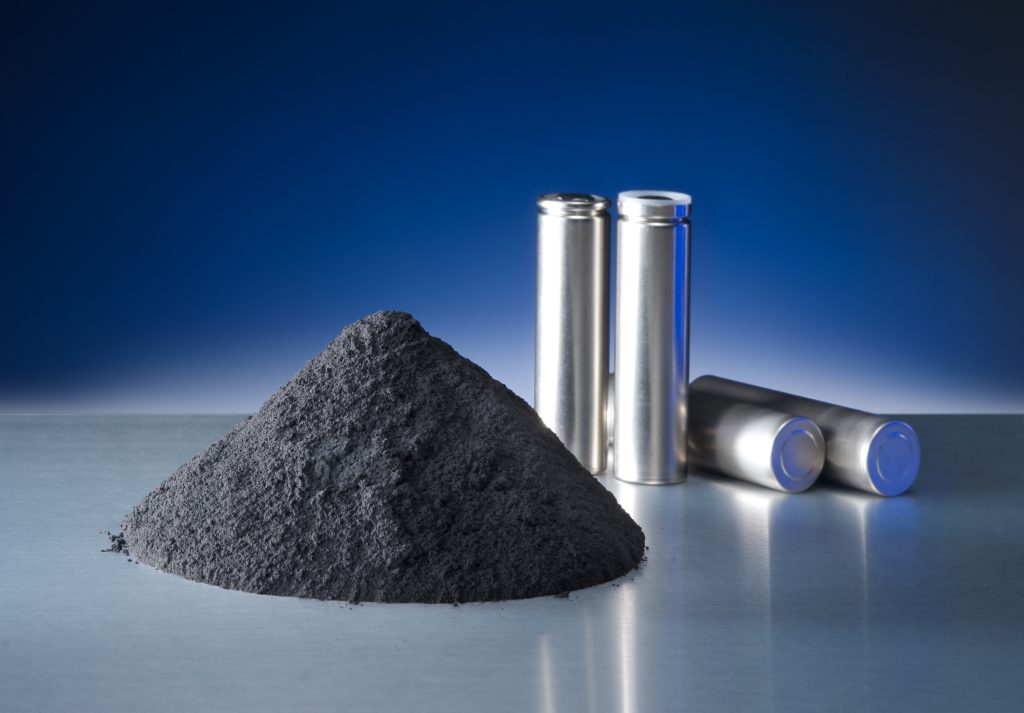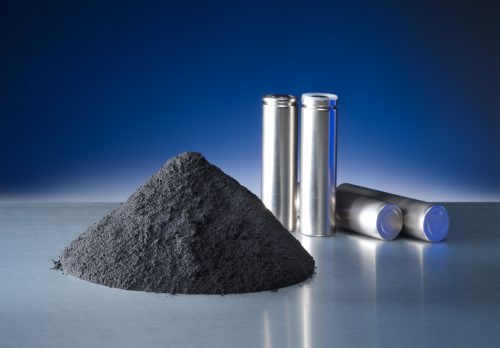There are many types of negative electrode materials, among which graphite-based carbon materials have always been the mainstream of negative electrode materials. It is concluded that the graphene concept that has been sought after recently, artificial graphite that is more commonly used in the industry, mesocarbon microspheres with stable performance, and silicon-carbon composite materials known as the “New World”
Graphene is a two-dimensional crystal composed of carbon atoms with only one atomic thickness. It is widely praised by scientists because of its thin texture, high hardness and fast electron movement, and it is dubbed the “king of new materials”. Although the excellent chemical properties of this “king” are favored by the new energy market, it is still in the “conceptualization” stage so far.
Mesocarbon microspheres have a highly ordered layered stacking structure, which is a typical soft carbon, with a high degree of graphitization, stable structure, and excellent electrochemical performance. According to statistics from the research department of China Consulting Network, in 2012, China’s anode material shipments were 27,650 tons, of which natural graphite shipments accounted for 59%, artificial graphite 30%, and graphitized intermediate carbon microspheres 8%.
It is reported that mesocarbon microspheres have higher rate performance than natural graphite and artificial graphite, and have obvious advantages when used in aircraft models and power tools. In addition, its thermal stability and chemical stability determine that it is not prone to chemical reactions, and its use in lithium batteries increases the safety guarantee. However, its production cost is high, the process is complicated and it is easy to be replaced. Therefore, the production and sales of mesocarbon microspheres have been in a stable position and have not been developed too much.
“New World” Silicon Carbon Composite Materials
It was mentioned in an article that the theoretical capacity ratio of silicon anode materials reaches more than 4200mAh/g, which is much higher than that of graphite anodes (372mAh/g). However, silicon negative electrode materials have natural defects, that is, lithium embedded in the silicon unit cell will cause serious expansion of silicon materials, resulting in a rapid decline in capacity. In order to overcome these shortcomings of silicon negative electrode materials, scientists combined silicon negative electrodes with graphite materials Combined together, the silicon-carbon composite material was born, and it is called “the new continent of lithium battery anode materials”.
As far as the current negative electrode material market is concerned, the future development of graphene is uncertain. In recent years, artificial graphite, which has been in the first place in consumption, is also facing the challenge of high-performance silicon-carbon composite materials. The use of silicon-carbon composite materials by Tesla, the world leader in the new energy vehicle market, will definitely set off a wave of silicon-carbon composite materials. Affected by the upsurge of materials, the future lithium battery anode material market may be reshuffled. However, mesocarbon microspheres, which have been in a stable position, will not have much fluctuation in the future.


